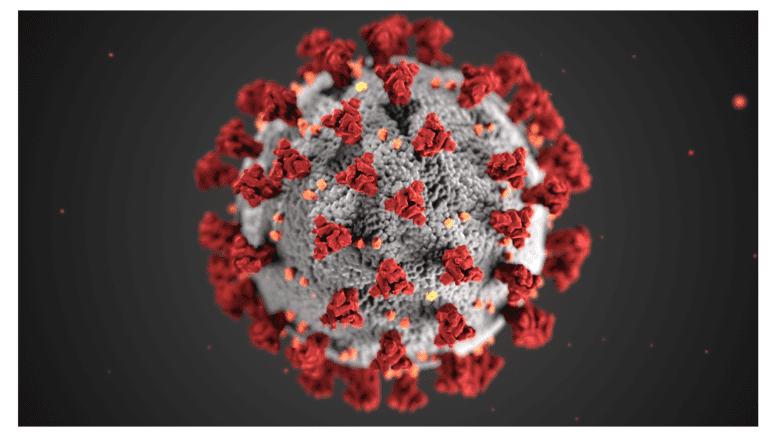CobbTV, a media service of the Cobb County government, announced in a tweet yesterday that 51 percent of county residents are fully vaccinated against COVID-19, compared to a 44 percent rate statewide.
Public Health reports Cobb has surpassed the 50% mark of people fully vaccinated against COVID-19. 51% are fully vaccinated (57% with one shot). In Georgia, 44% are fully vaccinated.
— CobbTV (@CobbCountyTV) September 3, 2021
Hospitals are nearly full, with 95% of COVID hospitalizations involving the unvaccinated. pic.twitter.com/1F13Pht5VO
This is good news amid the ample quantity of bad news about the rapid spread of COVID-19 statewide.
In addition to protecting the individual who is vaccinated, the purpose of vaccination is to stop the transmission of the disease throughout the community by bringing us closer to “herd immunity.”
What is herd immunity?
Here’s an excerpt defining herd immunity by David Hill, MD, published on the American Lung Association website:
Herd immunity is achieved when large percentages of a population become immune to a disease and therefore indirectly protect those who do not have immunity. If, for example, four out of five of the people who are exposed to someone with an infectious disease are immune to it, the disease is much less likely to spread. However, the percentage of people who must be immune in order to achieve herd immunity varies based on multiple factors including the mode of transmission, and how easily and quickly a given disease spreads.
In most cases, herd immunity is not achieved without an effective vaccine. For COVID-19, the percentage of the population that needs to be infected to achieve herd immunity is estimated to be between 70% and 90%, and this is assuming lasting immunity is possible.
Bear in mind that the excerpt above is from July, 2020, before the much more transmissible delta variant was spreading like wildfire through our community, so the 70 to 90 percent figure might be optimistic.
Lets look at another excerpt, this one from the Mayo Clinic:
What percentage of a community needs to be immune in order to achieve herd immunity? It varies from disease to disease. The more contagious a disease is, the greater the proportion of the population that needs to be immune to the disease to stop its spread. For example, the measles is a highly contagious illness. It’s estimated that 94% of the population must be immune to interrupt the chain of transmission.
The delta variant of COVID-19 is highly contagious.
How does vaccination fit in with herd immunity?
Here’s what the Mayo Clinic has to say about the role of vaccination in herd immunity:
Herd immunity also can be reached when enough people have been vaccinated against a disease and have developed protective antibodies against future infection. Unlike the natural infection method, vaccines create immunity without causing illness or resulting complications. Using the concept of herd immunity, vaccines have successfully controlled contagious diseases such as smallpox, polio, diphtheria, rubella and many others.
Herd immunity makes it possible to protect the population from a disease, including those who can’t be vaccinated, such as newborns or those who have compromised immune systems.
The 51 percent full vaccination rate in Cobb County is a good sign, but according to infectious disease experts, we have a long way to go before things go back to pre-pademic normal, and getting vaccinated, and encouraging our family and friends to get vaccinated, could have an impact on that.
